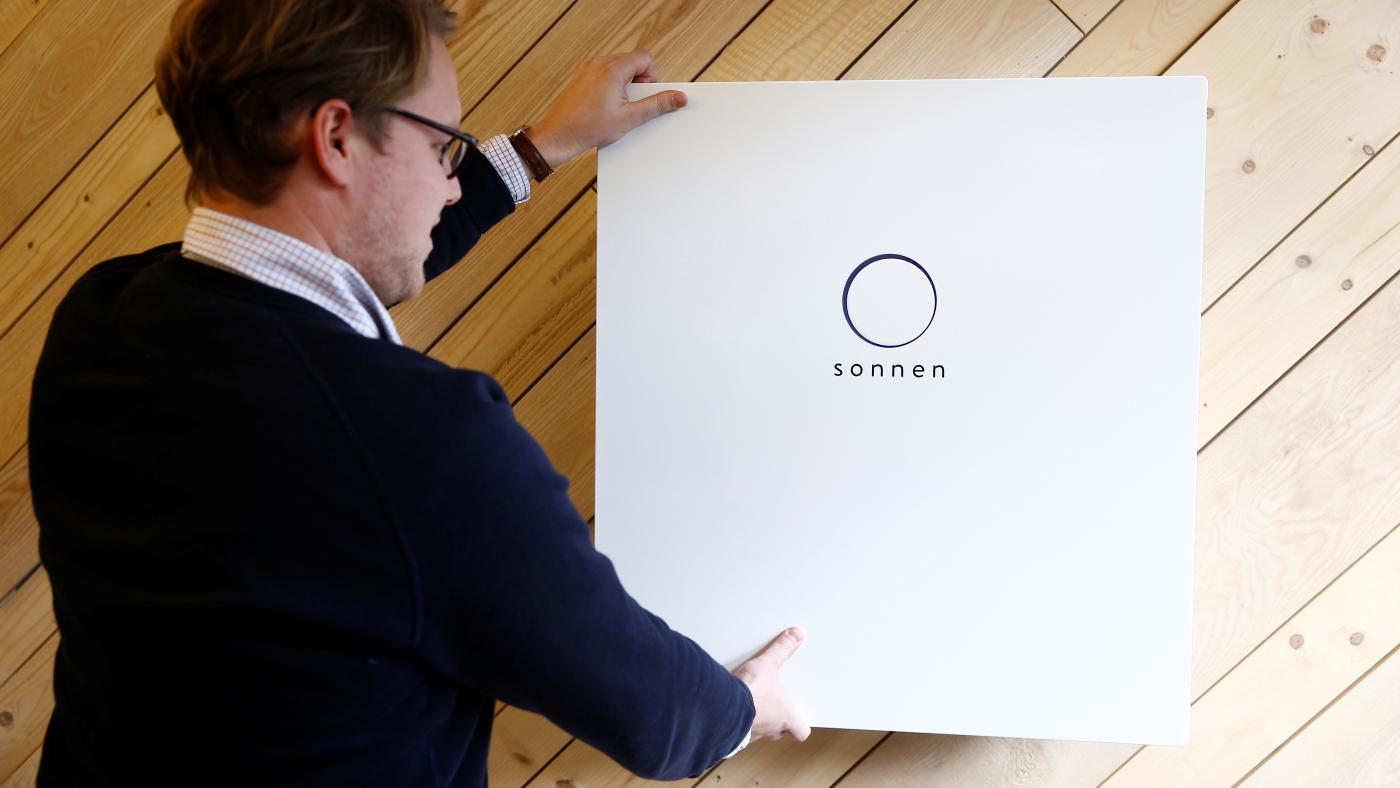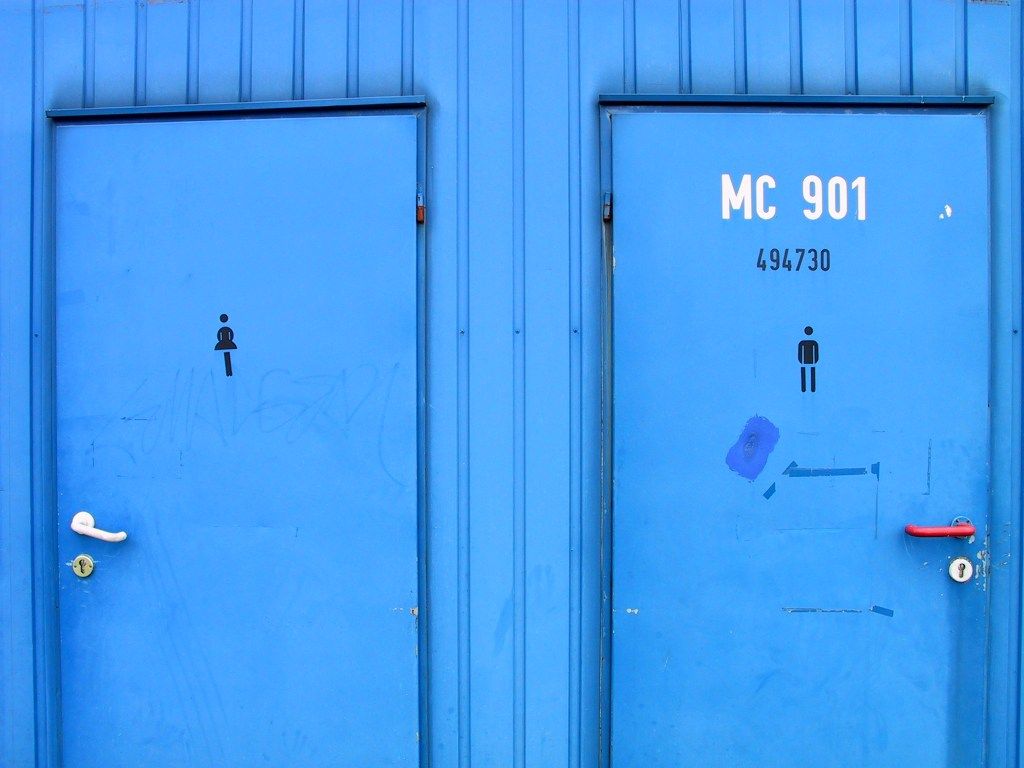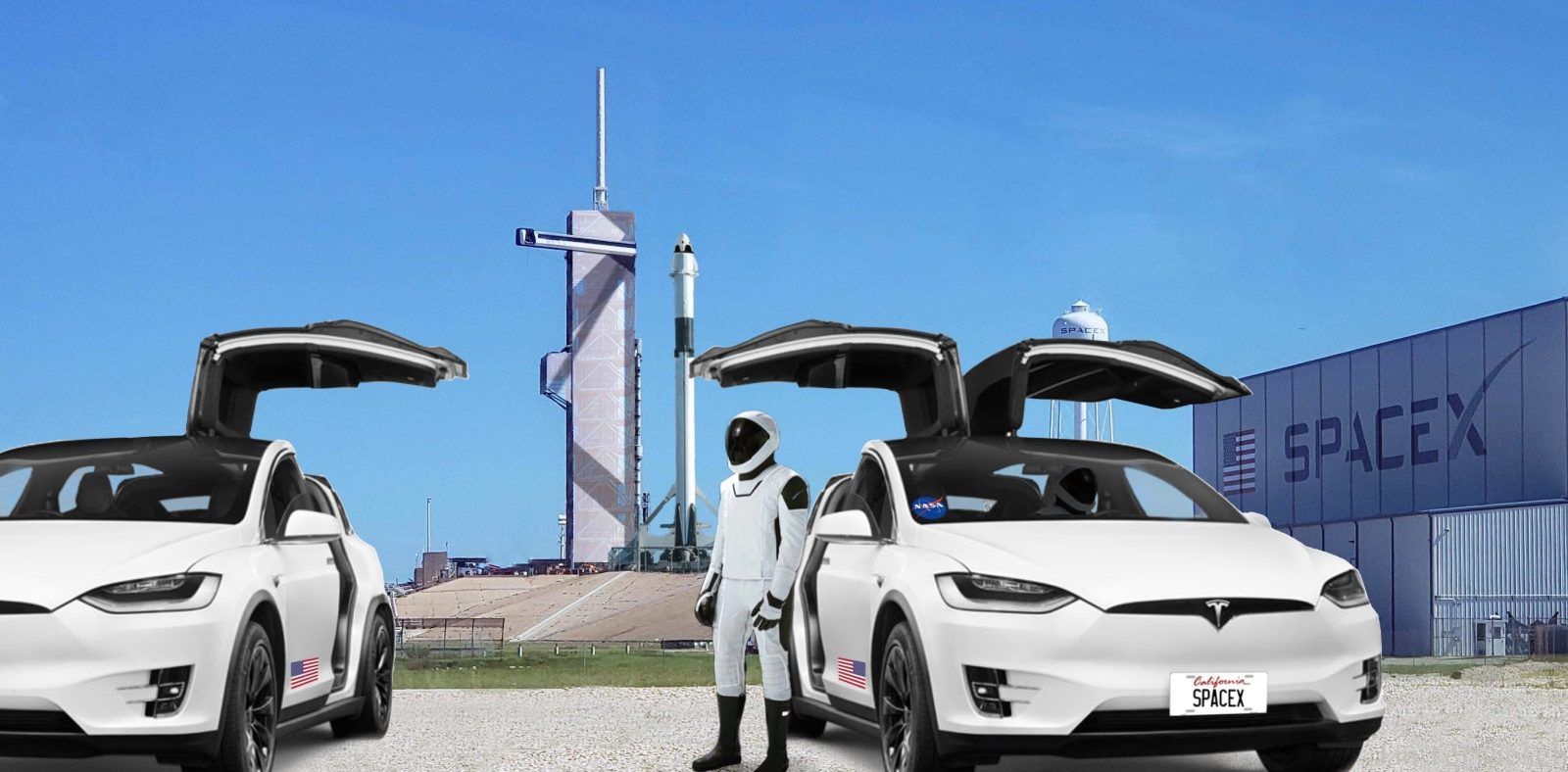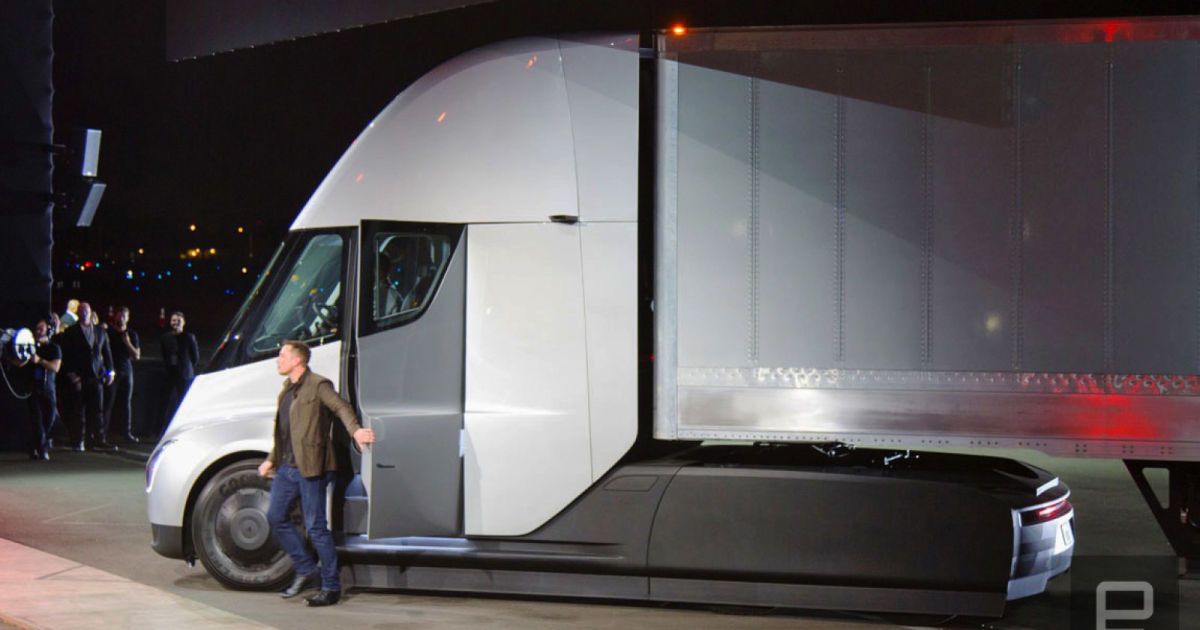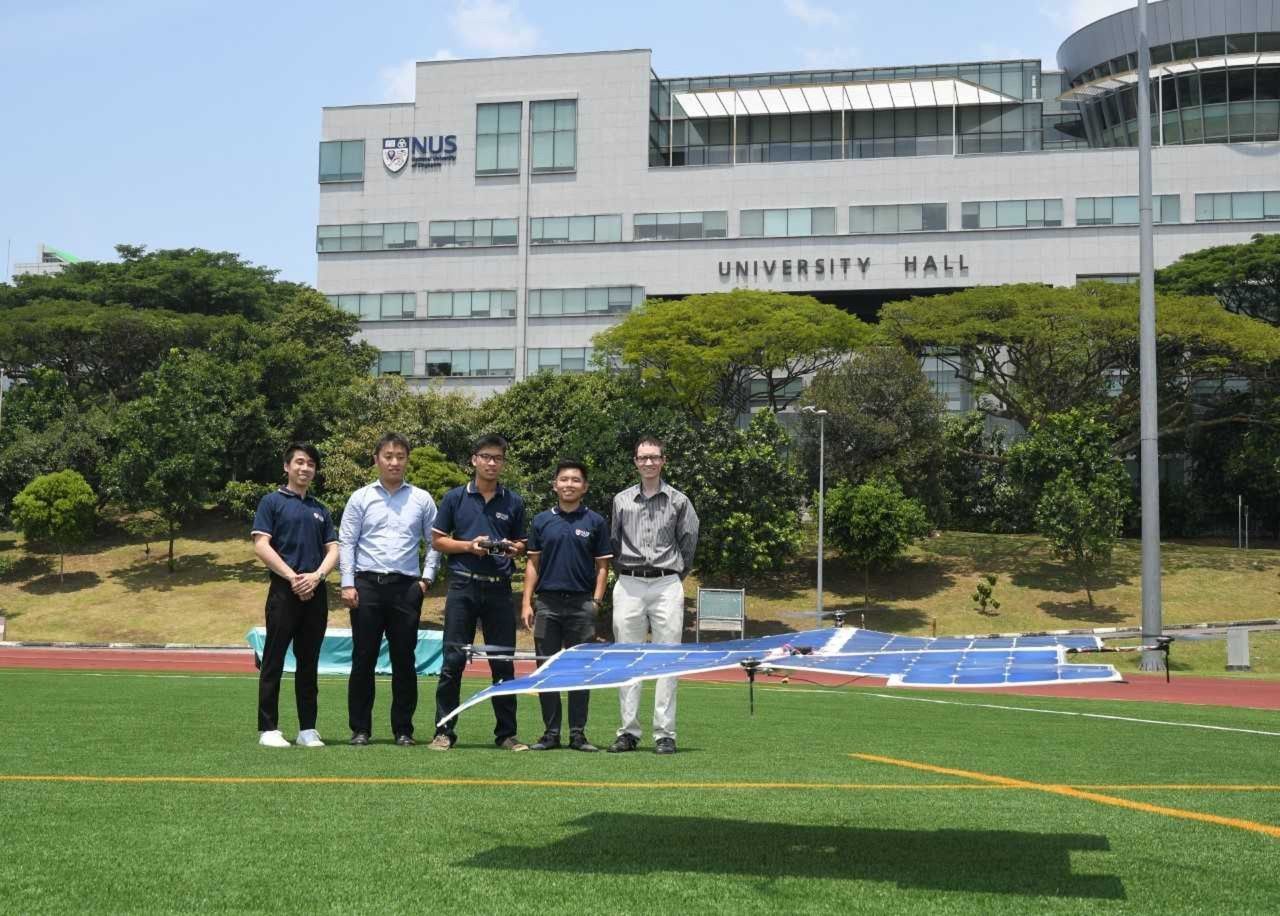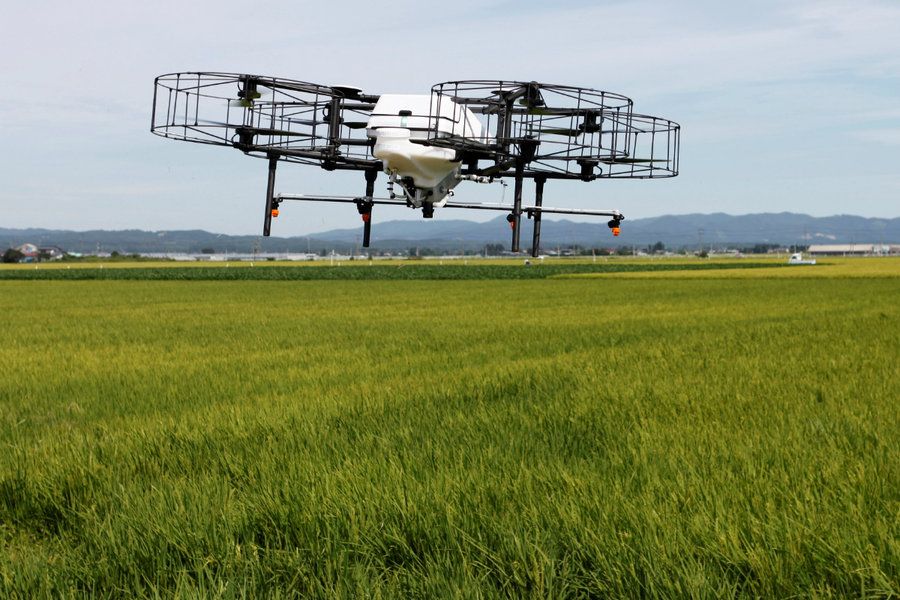Sep 1, 2018
Mars Opportunity rover will have 45 days to phone home
Posted by Genevieve Klien in categories: solar power, space, sustainability
As a planet-wide dust storm enveloped Mars, many were concerned about the fate of the Opportunity rover. After all, Opportunity is dependent on solar panels; the opacity of the dust storm meant that she wasn’t getting enough light to stay powered. The team at NASA’s Jet Propulsion Laboratory last heard from Opportunity on June 10th. Now, the storm is lifting, and once its opacity reaches a tau level of 1.5, the little rover will have 45 days to respond to the team’s signals. Otherwise, NASA will stop actively listening for the rover.
The tau measures the amount of dust and particulate in the Martian atmosphere. The team hopes that, once the skies have cleared enough and the rover has recharged its batteries, Opportunity will be able to hear and respond to the signals that Earth is sending its way. If 45 days have passed without a response, the team will cease its active efforts to recover the rover. “If we do not hear back after 45 days, the team will be forced to conclude that the Sun-blocking dust and the Martian cold have conspired to cause some type of fault from which the rover will more than likely not recover,” said John Callas, Opportunity’s project manager, in a statement.
That doesn’t mean NASA will have fully given up on Opportunity, though. After all, the rover was originally tasked with a 90-day mission and is still working almost 15 years later. The team will continue “passive listening efforts” — presumably stop sending the rover active signals through the Deep Space Network, but monitor in case Opportunity reaches out first — for an additional several months.
Continue reading “Mars Opportunity rover will have 45 days to phone home” »


